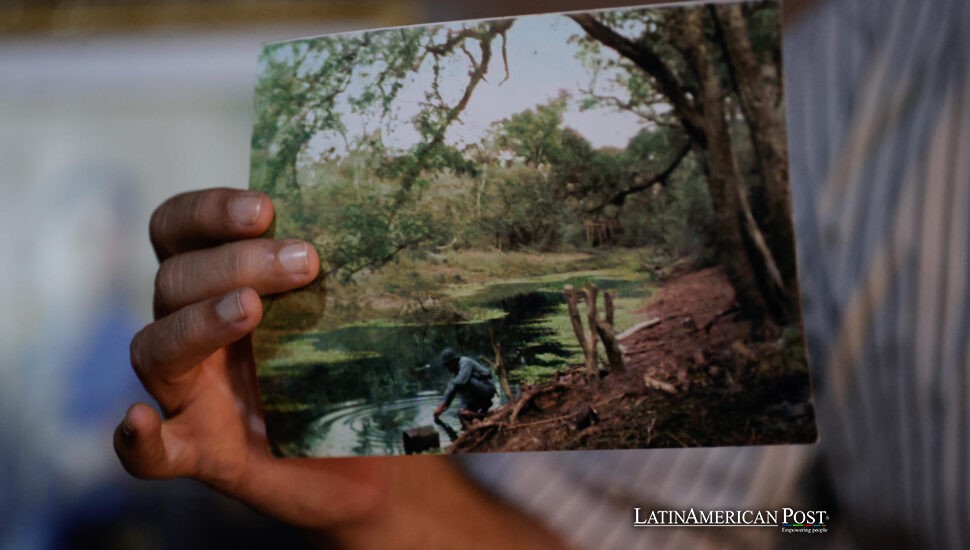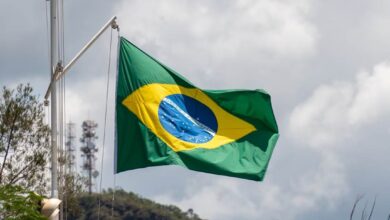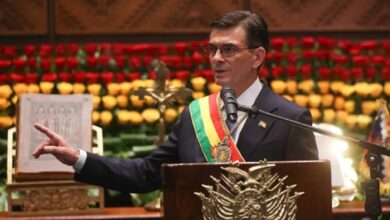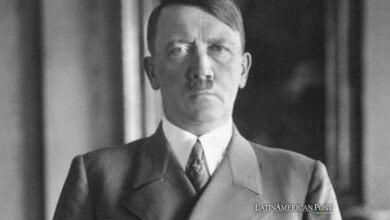Paraguay And Bolivia Conflict Revived in Color by Digital Historian

Ninety years after Paraguay and Bolivia waged the Chaco War, artist Hugo Gunsett is reviving its full-color memory—hand-tinting more than a hundred archival photos so new generations can see and question South America’s bloodiest 20th-century battlefield.
A Forgotten Front, Now in Living Color
For decades, the Chaco War of 1932–1935—a brutal conflict between Paraguay and Bolivia over a desolate stretch of land—existed in black and white. The war was photographed extensively, but without color, the images felt remote, their silence muting the searing heat, the dry wind, and the parched skin.
Hugo Gunsett, a Paraguayan graphic designer and self-taught historian, decided that had to change. “I wanted to make it real again,” he told EFE, speaking from his studio bedroom in Asunción, where he’s spent the past ten years hunched over a digitizing tablet.
His labor of love, Color Album: Heroes of the Chaco War, now includes over 120 recolored plates. Paraguay’s cultural ministries have declared it a public interest project, and teachers are lining up to use his work in classrooms.
Historians at the Universidad Católica Nuestra Señora de la Asunción say Gunsett’s colorizations offer something statistics never can: a visceral connection. Where students once saw gray uniforms and flat landscapes, they now see sun-scorched soldiers, thorny scrublands, and the heat-blurred tension of war.
The Color Detective
Each image is a riddle. Gunsett begins with military archives and online collections and then begins his “micro-investigations.”
One iconic photo shows a Paraguayan captain and a Bolivian sub-lieutenant shaking hands beside a border post in June 1935. For years, no one knew who was who. Gunsett tracked down an uncropped version of the photo, matched it with regiment records, and finally determined identities.
Then came the colors: “verde ka’a” green for the Paraguayan uniform and surplus U.S. khaki for the Bolivian. Even the sky was researched—weather logs showed overcast days in that region during June, so instead of postcard blue, he added cloud cover.
Academic María Luisa López, a specialist in military uniforms, confirmed that his choices reflected authentic procurement patterns. This is not artistic guesswork—it’s reconstruction. Of course, recoloring historical photos is controversial. Some historians argue it risks distorting memory. But Brian Winston, a media historian at the University of Exeter, sees value. “Colorizing is interpretation, not a forgery,” he argues—so long as the artist is transparent.
Gunsett agrees. He publishes research notes next to each photo, turning potential controversy into a learning opportunity. His work aligns with ethical guidelines from the International Council on Archives, which support digital enhancement for educational purposes—as long as alterations are documented.
Faces of a War Few Remember
Gunsett’s work doesn’t just bring back landscapes or battlefields. It resurrects people.
One powerful image shows a barefoot Paraguayan peasant—known as a “patapila”—hauling a rifle, grenades, dried meat, and a chunk of a 75mm cannon across a cracked field. The term “patapila,” used by Bolivian troops to mock these under-equipped fighters, is faintly inscribed in the margin of the image, prompting viewers to ask what it means.
His coloring reveals more than uniforms. It shows sunburned skin, cracked lips, and dust-caked clothing—details that speak of a war waged not just by generals but by farmers, miners, and conscripts, many of them Indigenous, sent to fight in blistering conditions.
He also restores dignity to those on the losing side. One of the most haunting photos shows a wounded Bolivian prisoner, his blood seeping through shredded khaki. “I always wanted to show both sides,” Gunsett says. “Otherwise, it becomes propaganda.”
His approach echoes the ideas of sociologist Elizabeth Jelin, who argues that portraying history symmetrically can help dismantle the us-versus-them mindset that perpetuates resentment. Gunsett’s archive, newly welcomed by Paraguay’s National Archive, will now sit beside wartime diaries, assisting future historians in building what archivists call a “plural narrative.”
Painting Peace with Pixels
Today, Gunsett tours schools with a laptop and a portable projector, showing his images to students who’ve never seen the Chaco War in anything but sepia.
At first, he says, they recite dates and battle names by rote. But once the color images flash on the screen, the room shifts. Students start asking why thousands died over desert brush. They ask what matters.
“Ninety years later,” Gunsett tells them, “what matters is the peace between brother peoples.”
That message lands. A Latin American Council of Social Sciences study found that only 38% of high schoolers in Asunción and 22% in Santa Cruz could identify the causes of the Chaco War. After participating in Gunsett’s workshops, those numbers more than doubled.
Also Read: Brazil Debates Defunding Funk Music That ‘Glorifies Crime’
He hopes to animate some of the plates into a short documentary, though funding remains uncertain. Still, the impact is already visible.
Families have written to him, saying they recognized grandfathers in the images. One letter stands out:
“Now we understand why Abuelo always discussed the ‘red dust.’ Black and white couldn’t show that.”
Gunsett smiles when he tells the story. That red dust—once invisible—now swirls again, pixel by pixel.
Through color, he’s done more than revive a war. He’s given two nations a way to see the past without distortion—and perhaps imagine a future with more memory, less myth.





